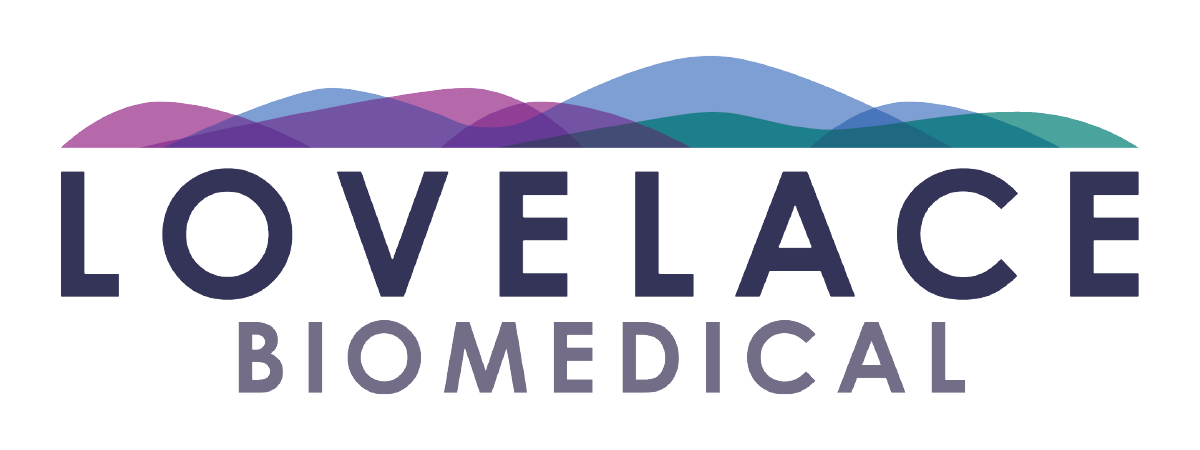For pharmaceutical and biotech companies, rare diseases present huge market opportunities — but also, potentially daunting development challenges.
Incentivized by the market exclusivity promised by the Orphan Drug Act, drug companies are further bolstered by recent scientific advancements that have improved our biological understanding of many rare diseases.
Today, it is possible to target traditionally undruggable diseases, bringing relief to patients who desperately need it.
All of this adds up to a surge of drug development around rare diseases. Orphan drug designations granted by the FDA have nearly quadrupled since 2000, and have increased 80 percent since 2010 — reaching new records in 2015 and 2016.
An Evolving Regulatory Landscape
While the biopharma industry is clearly making substantial investments in conquering rare diseases, drug development in this area poses significant and unique challenges, including scarce understanding of disease etiology and natural history, lack of translatable animal models and limited patient populations for clinical trials.
Adding to this, the regulatory landscape is constantly evolving as therapies become more complex. This means that drug developers must employ creative and innovative study designs, both in preclinical and clinical development.
When developing treatments for rare diseases, biopharma companies are always looking for opportunities to reduce development time or costs and increase the probability of success. These decisions begin during preclinical development, as they must face issues related to characterizing animal models of disease, understanding the disease-drug interaction, and consider using complex technologies or non-standard dosing routes.
Centralized Mouse Colony Breeding, Pharmacology
These challenges — and the potential obstacles they pose — highlight the importance of working with partner organizations that understand the nuances of rare disease programs and have the agility and flexibility to think “outside the box.”
Approximately 80 percent of rare diseases have a genetic origin, and 30 percent of the patient population is children, so preclinical pharmacology studies often require studying juvenile genetic mouse models in reasonable cohort sizes. This poses a logistical challenge to organizations that centralize mouse colony breeding and pharmacology efforts at disparate sites; they need to be centralized at one location for this work to proceed seamlessly.
Beyond this, working with organizations with experience in novel biologic technology platforms often needed to for rare diseases — including gene therapy, cell therapy, RNAi, antisense oligonucleotides, among others — is critical to generate data that can guide prioritization and program decisions.
Track Record of Success
Lovelace Biomedical has deep expertise in developing animal models in which to evaluate therapies targeting rare diseases and a facility designed to foster successful rare disease programs. For example, animals can be bred on site, in cases where therapeutic intervention must begin at birth.
Over the years, our teams have led successful programs in cystic fibrosis, Tay-Sachs, Pompe disease, alpha-1 antitrypsin deficiency and idiopathic pulmonary fibrosis. Lovelace also specializes in high-caliber preclinical safety studies that help advance novel gene therapies to testing in human clinical trials, and has been doing so for more than a decade.
Contact us today to learn more about how we can help you accelerate rare disease therapies from the lab into clinical trials — and a step closer to regulatory approval.

